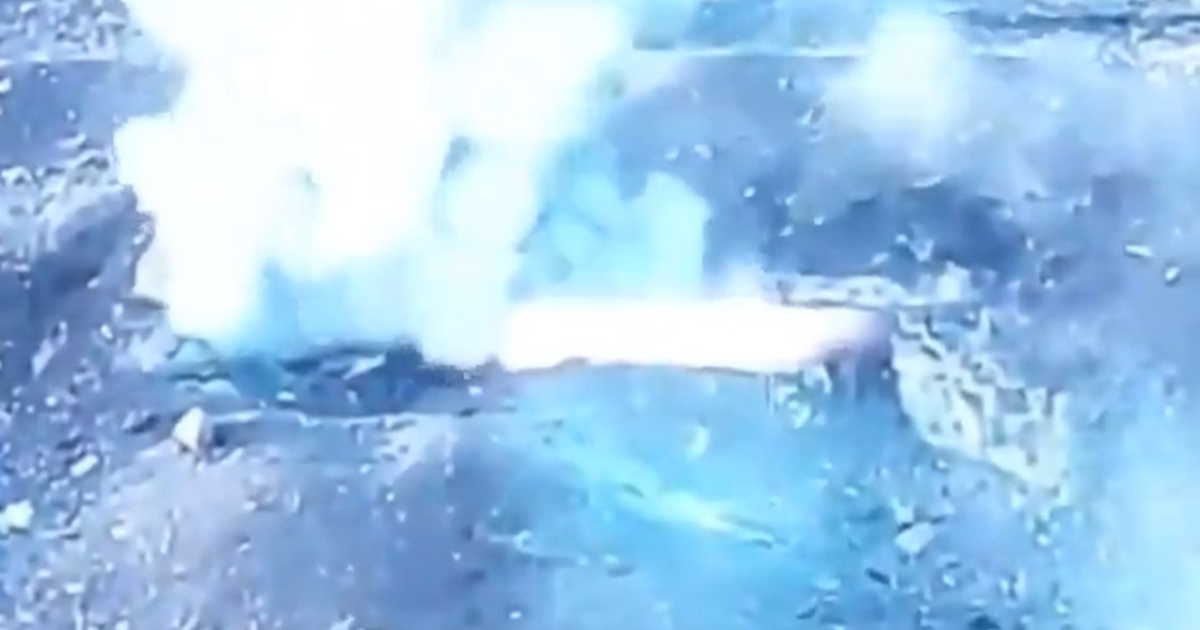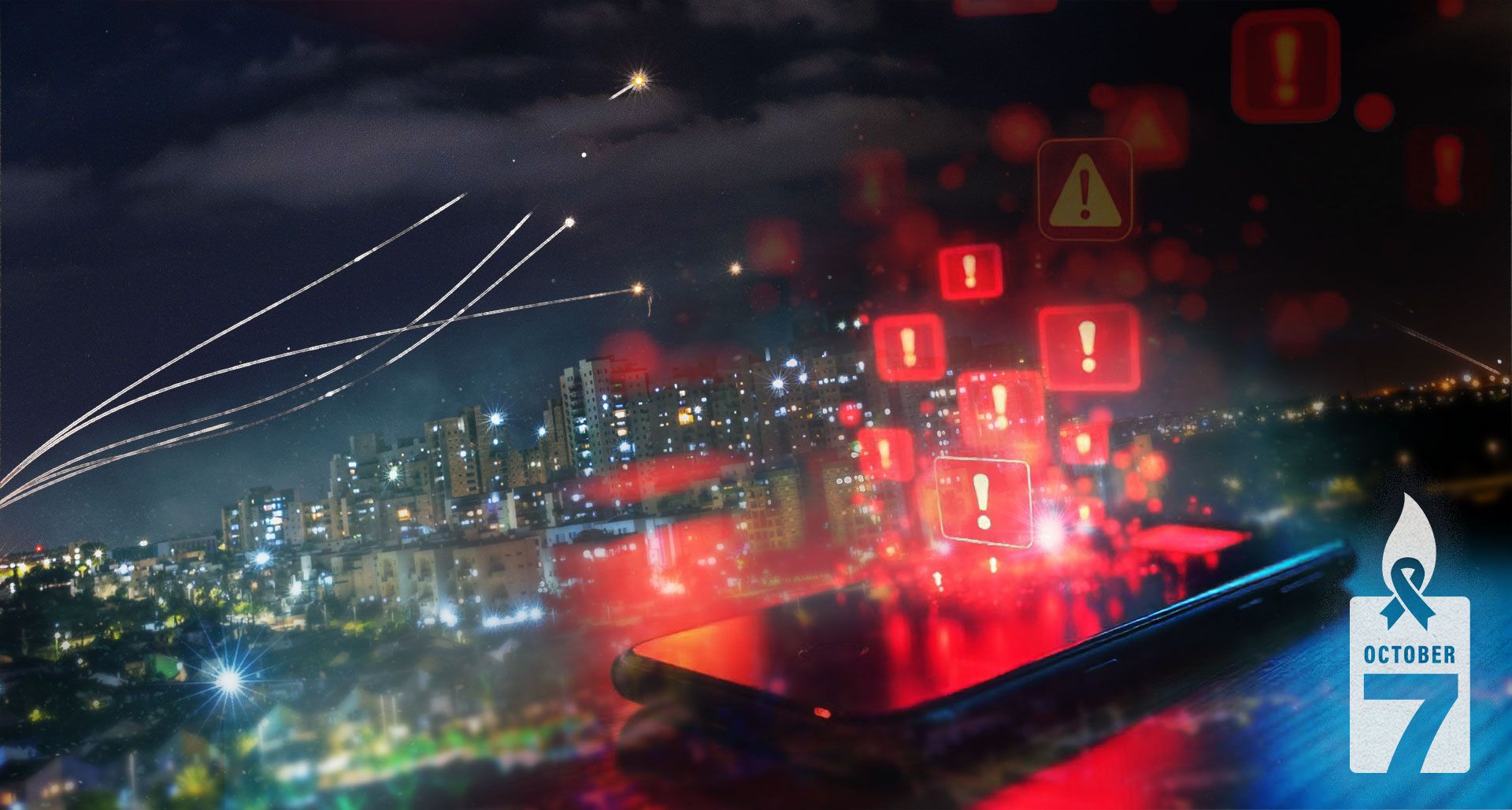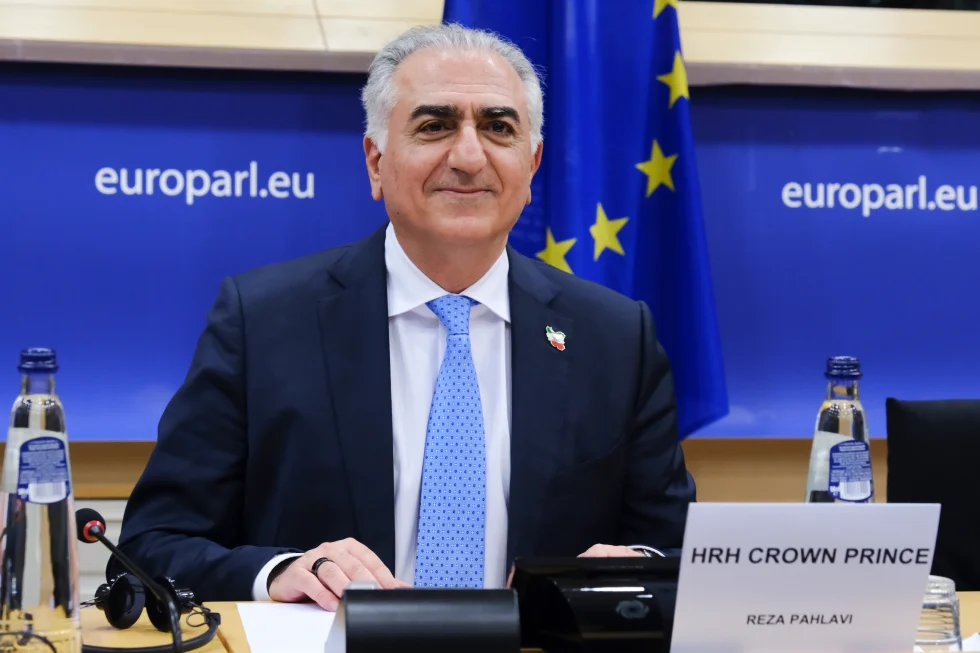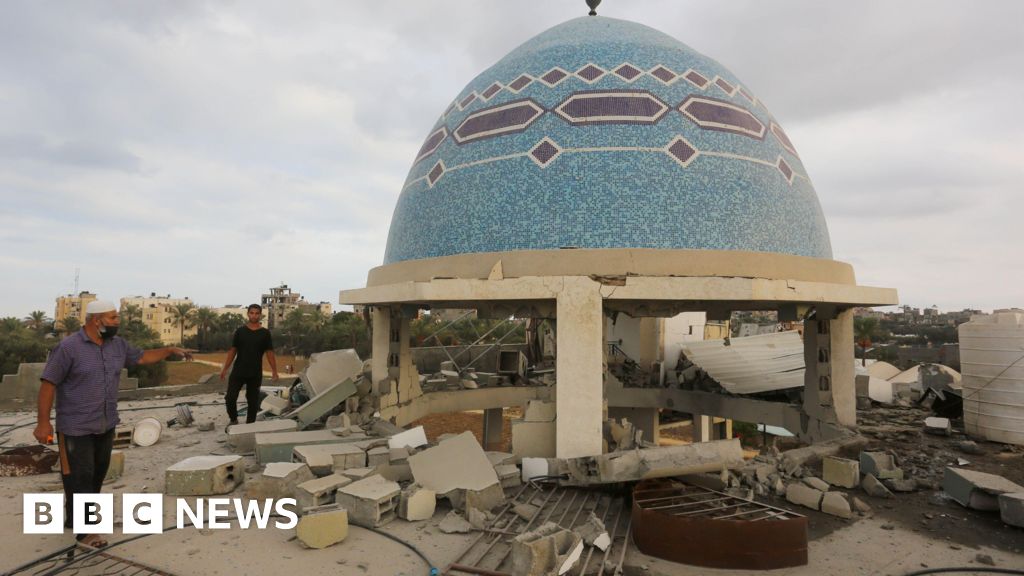The EU is stuck in a paradox. Virtually everyone agrees that most of Mario Draghi’s recommendations for raising productivity growth are good ones. Yet hardly anyone expects that member states will muster the agreement to pool the sovereignty and resources needed to realise them.
The reasons are many. Some of Draghi’s most consequential ideas have long been bedevilled by the political differences of 27 countries, national commercial rivalries or by leaders’ unwillingness to prioritise what often come down to highly technical measures — especially against vocal domestic constituencies.
One or more of these reasons have so far held back the banking and capital markets union (CMU). They have also delayed bigger joint investments in carbon transition and defence, completing the single market, and making international economic policy more strategic without losing the benefits of Europe’s openness.
On top of it all, Europe’s traditional Franco-German integration motor looks as obsolescent as an internal combustion engine in China. Paris is paralysed by elections that produced a parliament without a majority; Berlin by a government that has long since fallen out of favour with voters and even, it seems, with itself. Even where they ostensibly agree — a year ago they published a joint road map to CMU — they are not propelling the EU forward.
If anything is going to get done, it will not be by traditional methods. What if, instead, one could identify a group of nations that trusted each other enough and had sufficiently similar policy preferences to form a “coalition of the willing” for the deeper integration Draghi and others call for? Provisions in the EU treaties for “enhanced co-operation” allow as few as nine countries to do so with the full support of EU institutions when broader agreement is elusive.
So look north. The three Baltic and three Nordic EU members already collaborate as the “Nordic-Baltic Six”. The Nordics have had passport-free travel and free movement of people for 70 years. The region’s countries see eye-to-eye in areas from financial regulation and fiscal matters to defence, security, trade and climate.
Add in Ireland and the Netherlands to regroup what some years ago was known as “the New Hanseatic League”, and you have the EU’s most developed capital markets. Together, these eight approach France in population. They match it in economic size. And they have strength in numbers.
It is not hard to imagine a cohesive bloc centred on the “NB6” recruiting enough other countries — maybe different ones for different policy areas — to maintain the nine-country quorum for enhanced co-operation.
Such a coalition could start with two crucial ingredients for a more dynamic European economy: CMU (more common rules, supervision and financial trading) and a “28th regime” of corporate law as an opt-in alternative to national incorporation for companies wanting to do business and raise funds at scale.
The economic prize is evident. An already innovative region with better-working capital markets than the rest of Europe would boost the ability of EU entrepreneurs to raise capital and scale up activity without having to move across the Atlantic. The region’s financial sectors would benefit.
There are political advantages, too. These countries could build something they want without being held up by the need to compromise with the wider bloc. To be more ambitious about it, the mere prospect of such a coalition might ungum deadlock as other states fear being left behind. Alternatively, others would come in later, but on terms the early adopters had already defined. There are big first-mover advantages to being pioneers.
The irony is that, more often than not, these nations have been like-minded in putting a brake on integration, not furthering it. So this approach would require a profound change of outlook for Europe’s northern flank. Rather than small-country bit players suspicious of the continental powers, the region would need to see itself as a leader of Europe in a newly dangerous world. Also, the European Commission would have to welcome enhanced co-operation as a lever for progress, not a threat.
But the leadership for this exists. The likes of Finland’s president, the deeply pro-European Alexander Stubb could take the initiative for leaders in the region. They should dare to inspire their citizens to be agents of change rather than a wary resistance to the EU’s traditional powers. If successful, such inspiration would not be contained in the EU’s northern flank. Rise to the challenge together, and they could transform the politics of an entire continent.









































































































































You must be logged in to post a comment Login